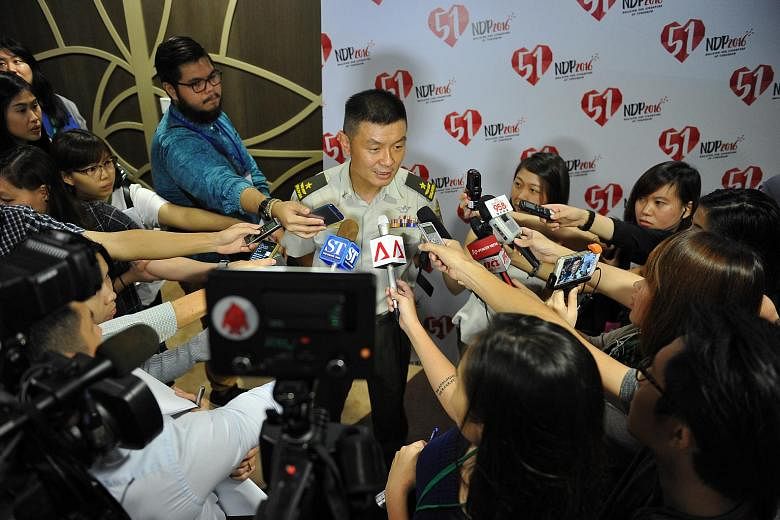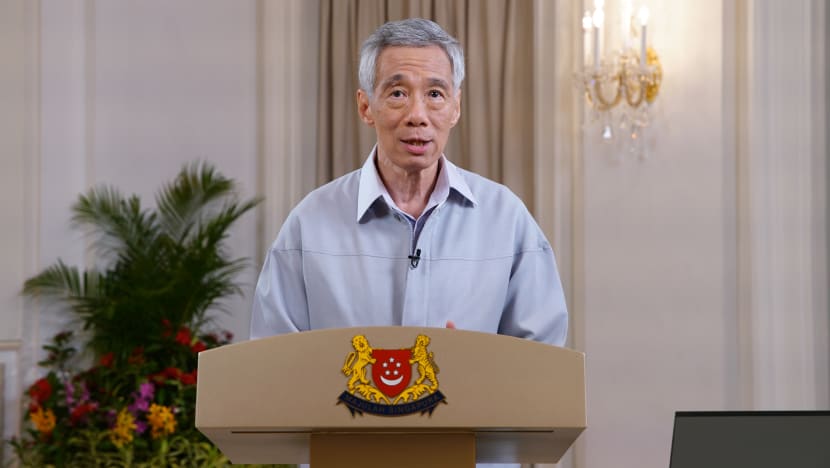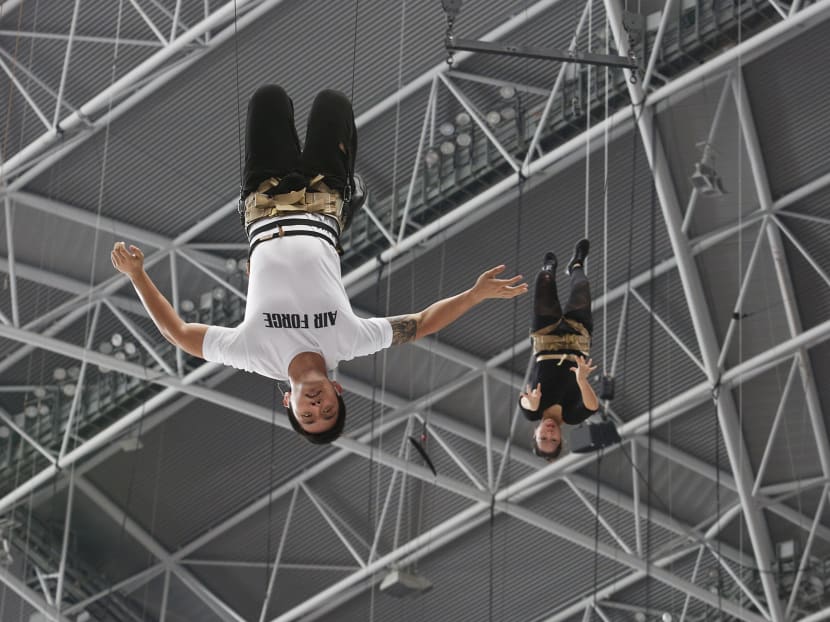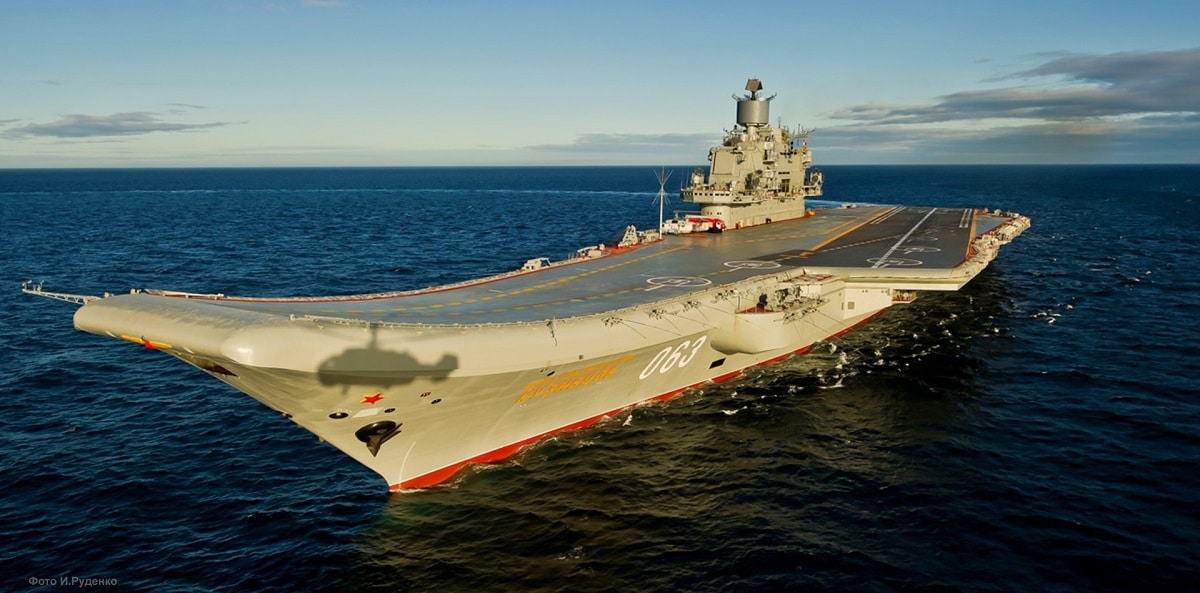Qatar's countermeasures to KZ

News | South Korea Zombie Virus Outbreak
Qatar Airways and all airlines across the world suspends flights to and from South Korea following the outbreak of the K-Z Virus
Qatar's Ministry of Foreign Affairs along with the South Korean embassy assisting many of the South Koreans stranded in Doha.
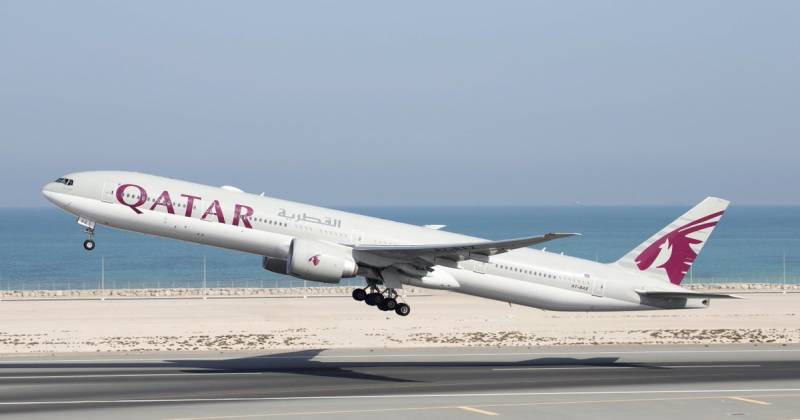
The last Qatar Airways flight from Incheon International Airport lands at Hamad International Airport on July 21, 2016
following the K-Z Virus outbreak on July 20, 2016 [Courtesy of Qatar Airways]
By James Peters
22 July 2016
Doha, Qatar - With the K-Z Virus spreading rapidly across South Korea, the Hamad International Airport and Qatar Airways have both announced on Twitter and Facebook that they have suspended all Qatar Airways flights to and from Incheon International Airport after the United Nations Security Council (UNSC) has passed UN Security Council Resolution No. 228, in which it imposed a naval quarantine and a no-fly zone of the entire Korean peninsula along with a ban on all inbound and outbound flights to and from South Korea, during an emergency session at the UN General Assembly in New York City earlier today.
Before the emergency session at the UN however, soldiers from the Qatar Armed Forces were seen at Hamad International Airport armed with AK-47s and M16 rifles patrolling the Departure and Arrival halls alongside officers from the Airport Security and Passports Department of the Ministry of Interior looking out for anyone infected with the K-Z Virus. The armed forces were on high alert as the virus was rapidly spreading throughout South Korea and travelers who are suspected to come into contact with any South Koreans or arriving from South Korea at Hamad International Airport were subjected into quarantine by the Ministry of Public Health and the Qatar Armed Forces where they are observed in separate rooms for any symptoms of the K-Z Virus under armed guard, they also have to go through temperature screening by thermal camera.
Qatar Airways later announced on Twitter and Facebook that flights which were en-route to Incheon International Airport on July 20, 2016, have already been diverted to Japan, China and Taiwan. During that time, other airlines across the world including the national airline of South Korea, Korean Air, have also diverted their flights to China, Japan and Taiwan, and also suspend flights to and from Incheon International Airport.
The last Qatar Airways flight, QR5656, an Airbus A350 from Incheon International Airport to Hamad International Airport with a stopover in Brussels, landed yesterday at 11:56am AST. Upon arrival, the passengers and crew of flight QR5656 were disembarked and quarantined for many hours before being released after they showed no symptoms of the K-Z Virus. "I was shocked when I was told that I would be subjected to quarantine because the flight came from South Korea." John Adams, a backpacker from Chicago who boarded flight QR5656 from Brussels told Al-Jazeera at Hamad International Airport's arrival hall. "I was in a room observed under heavy guard by a soldier for a few minutes before I was released with a 'No Infection' status card."
This was also implemented at the border with Saudi Arabia at Abu Samra, where those who have suspected to come from South Korea were also subjected to quarantine.
Thousands of South Koreans stranded across Qatar and the Middle East
Meanwhile, the Ministry of Foreign Affairs along with the South Korean embassy in Doha is assisting many of the South Koreans that are now stranded in Qatar following the suspension of all Qatar Airways flights to South Korea, many of the South Koreans who are now stranded in Qatar were on business trips and holidays when the K-Z Virus Outbreak occurred. "This is now a huge problem for me." Lee Sun-Yuk, a 38-year-old South-Korean accountant who was in Doha for a business trip with his wife and two kids, told Al-Jazeera at his hotel lobby. "I now worried about my friends and cousins who live in Seoul when the outbreak occurred, but thankfully my mom who lives in Busan is safe because it is now a fortified safe zone."
Doha has also seen some heavy security in the streets, with the capital city being a likely target for the K-Z Virus to spread mostly because of the many foreigners that visit the country once every year. Soldiers from the Qatar Armed Forces alongside the police were seen patrolling the streets of Doha's Central Business District (CBD) and also at Tourist Hotspots throughout the city including the museums and galleries. According to the Ministry of Interior, the police were also trained to look out for the symptoms of the K-Z Virus and are ordered to terminate the infected individual at all costs. The Ministry of Public Health meanwhile has ordered all hospitals in Doha and across Qatar to stockpile all medications and anti-viral drugs, increase their hospital security and to begin implementing quarantine protocols should the K-Z Virus reached the State of Qatar and began spreading rapidly across the nation.

Police officers at a street in Doha armed with M16 rifles, they are working alongside the Qatar Armed Forces
following the K-Z Virus Outbreak in South Korea [Courtesy of Reuters]
The minister of foreign affairs, Sheikh Mohammed bin Abdulrahman bin Jassim Al Thani, has stated that the Ministry of Foreign Affairs is also accounting for the many Qataris that are in South Korea at the time of the outbreak. "So far, we are accounting for many of the Qataris that are in the infected areas and those that are currently in Busan which is now a fortified safe zone." He told the press during a press conference at the Ministry of Foreign Affairs office in Doha. "I can safely say that there is confirmation that no Qataris are in the infected zones and that all are in Busan, we can also reassure you that our embassy in Seoul has now been relocated to Busan and that our staff there is currently safe."
However, Qatar is not the only country that most South Koreans are stranded in, there was confirmation that there are other South Koreans stranded across the Middle East including the United Arab Emirates since the outbreak. Many of them were also on business or holidays, however, the South Korean embassies of these middle eastern countries are assisting the many South Koreans stranded across with co-operation by the respective foreign ministries and departments of those middle east countries.
Qatar providing aid and relief to the South Koreans in the Busan Safe Zone
In a statement also by the Ministry of Defense, it is confirmed that His Highness Sheikh Tamim bin Hamad Al Thani, the Emir of the State of Qatar, has confirmed that he is deploying the troops from the Qatar Armed Forces to assist in the humanitarian and relief efforts going on in South Korea. An UN-Qatari Emeri Navy fleet, carrying doctors, nurses, UN peacekeepers and relief workers along with humanitarian food and aid supplies, has left Doha and Al Daayen yesterday afternoon for the fortified city of Busan. He has spoken to South Korean President Park Geun-Hye via telephone in which she thanks the Emir for his help.
"We in the name of god, the merciful and the compassionate, must give what is needed to the people of South Korea during this K-Z Virus outbreak." He told the press at the press conference of the Joint Response Ministry Task Force which comprises of the Ministry of Defense, the Ministry of Interior, the Ministry of Foreign Affairs and the Ministry of Public Health held at the official residence of the Emir of the State of Qatar, the Doha Royal Palace. "The troops that are currently en-route to Busan will not only provide aid and relief to the people of South Korea, but also evacuate the Qataris that are currently safe in Busan."
Qatar is not the only country in the Middle East deploying an UN-Naval fleet to the Busan Safe Zone, Turkey is also deploying an UN-Naval fleet to Busan as well in which they will not only provide humanitarian aid but also evacuate many of the turkish citizens that are also in the Busan Safe Zone. The United Arab Emirates is also sending out a UN Naval fleet to Busan in which it will be also providing aid and evacuating their emirati citizens from Busan, it will comprise of three Baynunah class corvette ships and one Abu Dhabi-class corvette under the command of Captain Hamad-Shahid Almazar, who oversaw the naval blockade of Yemen in 2015.
This afternoon, all Qataris and South Koreans who are Muslims, attend a special Friday prayer sermon at the Imam Muhammad ibn Abd al-Wahhab Mosque in Doha led by the Emir himself, accompanied by Iman Jahad Al-Mahasri. It concluded with a prayer to the many South Koreans that are struggling during the outbreak of the K-Z Virus in South Korea.

Many Qataris at the Imam Muhammad ibn Abd al-Wahhab Mosque in Doha this afternoon
[Courtesy of the Ministry of Awqaf and Islamic Affairs]
As of right now, the whole world including Qatar is watching what is happening in South Korea. For now, Al-Jazeera has now confirmed that our South Korea correspondent, Rob McBride, is safe and is currently in the Busan Safe Zone.
Last edited:

